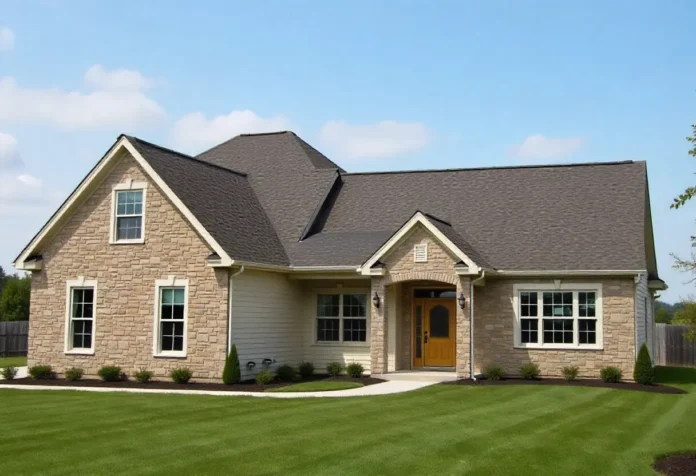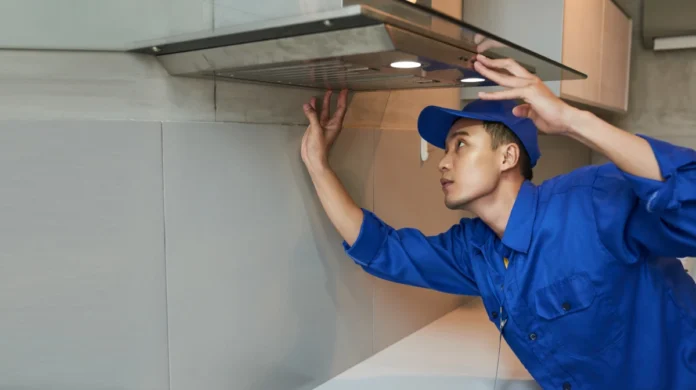The Shift Toward Smarter Roofs
Across Florida’s Gulf Coast, homeowners are beginning to view their roofs as more than just protective shells—they’re seeing them as opportunities for environmental and financial sustainability. With rising energy costs, stronger storms, and growing environmental awareness, the question is no longer whether sustainability matters, but how it can be built into the structures we rely on most.
Sarasota County, with its mix of coastal weather and eco-conscious communities, sits at the forefront of this shift. Local builders and homeowners alike are asking: can roofing choices balance environmental responsibility with the durability needed to withstand Florida’s unpredictable climate?
The Environmental Cost of Traditional Roofing
Traditional asphalt shingles remain the most common roofing material in the U.S., but their environmental drawbacks are hard to ignore. Asphalt is petroleum-based, meaning its production contributes to greenhouse gas emissions. These shingles also have relatively short lifespans—typically 15 to 20 years—and often end up in landfills after replacement.
In Florida’s intense sun and humidity, deterioration happens even faster, compounding waste and maintenance costs. When multiplied across thousands of homes in Sarasota County, this pattern creates both ecological and economic inefficiency.
As climate change accelerates, homeowners are realizing that sustainability isn’t just a moral choice—it’s a practical one.
Cool Roofs and Reflective Coatings: Fighting the Heat
One of the simplest ways to build sustainability into a roof is through heat reflection. Florida’s relentless sun can push attic temperatures above 150°F, forcing air conditioning systems to work overtime.
Cool roofing materials, made with reflective pigments and coatings, bounce more sunlight away from the home instead of absorbing it. The result: cooler interiors, reduced energy consumption, and lower utility bills.
In coastal areas like Sarasota County, where air conditioning can account for over half of a household’s energy use, this technology provides a major advantage. Beyond comfort, cool roofs help combat the “urban heat island” effect, where densely built neighborhoods trap heat and raise local temperatures.
Metal Roofing: Strength Meets Sustainability
Metal roofing has become increasingly popular in Florida for good reason. It offers exceptional longevity—lasting 40 to 70 years—while being almost 100% recyclable. Modern metal roofs can be coated in reflective finishes, reducing heat absorption and improving energy efficiency.
Unlike traditional shingles, metal panels can often be installed over existing roofs, minimizing waste. They’re also highly resistant to wind and water damage, a crucial factor for homeowners facing hurricane season every year.
The combination of durability, recyclability, and resilience makes metal roofing a cornerstone of sustainable home design in coastal Florida.
Solar Integration: Power From Above
As solar technology becomes more accessible, integrating panels directly into roofing systems is transforming homes into energy producers. Solar shingles, for example, replace traditional roofing materials entirely while generating electricity.
For homeowners in Sarasota County, this approach is especially practical. The region’s average of 250+ sunny days per year makes solar integration a powerful investment. Not only can it drastically cut electricity bills, but it can also increase property value and qualify for state or federal incentives.
When paired with battery storage, solar roofing allows homeowners to maintain power even during outages—an increasingly important feature in a state vulnerable to storms and grid disruptions.
Green Roofing: Nature on the Rooftop
Although less common in Florida’s residential sector, green roofs—rooftops partially or fully covered with vegetation—are gaining traction in sustainable architecture. They insulate homes naturally, improve air quality, and reduce stormwater runoff.
In urban parts of Sarasota County, where heavy rainfall can overwhelm drainage systems, green roofing could serve as a long-term solution for stormwater management while adding natural beauty to cityscapes.
While installation costs are higher and maintenance is more complex, these roofs demonstrate what’s possible when sustainability and innovation intersect.
The Economic Argument for Sustainability
While sustainable roofing may require higher upfront costs, it delivers substantial long-term savings. Energy-efficient materials lower monthly bills, and durable roofs reduce repair and replacement expenses. Additionally, eco-friendly homes often appraise higher and attract more buyers.
Insurance providers in Florida have also begun recognizing the value of resilience. Homeowners who invest in wind-resistant or energy-efficient roofing may qualify for policy discounts—an appealing incentive in a state where insurance premiums are on the rise.
For Sarasota homeowners, this convergence of savings and sustainability makes eco-conscious roofing not only an environmental choice but also a financial strategy.
Local Expertise and Community Impact
Adopting sustainable roofing practices isn’t just about materials—it’s also about expertise. Experienced roofers in Sarasota County understand how local humidity, salt air, and wind exposure affect roofing performance. They can recommend the best eco-friendly materials and ensure installations meet Florida’s rigorous building codes.
Moreover, choosing local contractors supports the regional economy and promotes environmentally responsible practices that ripple across the community. When sustainability becomes a shared value—from builders to homeowners—it strengthens both infrastructure and identity.
A Future Built on Balance
The question of whether sustainable roofing can protect both homes and the planet has already been answered—it can. The real question now is whether homeowners are ready to make the shift.
As the climate continues to change, Sarasota County stands at a crossroads. The decisions made today about roofing, construction, and energy use will shape the resilience of communities for decades to come.
By embracing sustainable materials and practices, Florida homeowners can ensure their roofs do more than just shield them from storms—they can help build a cleaner, cooler, and more resilient future.



